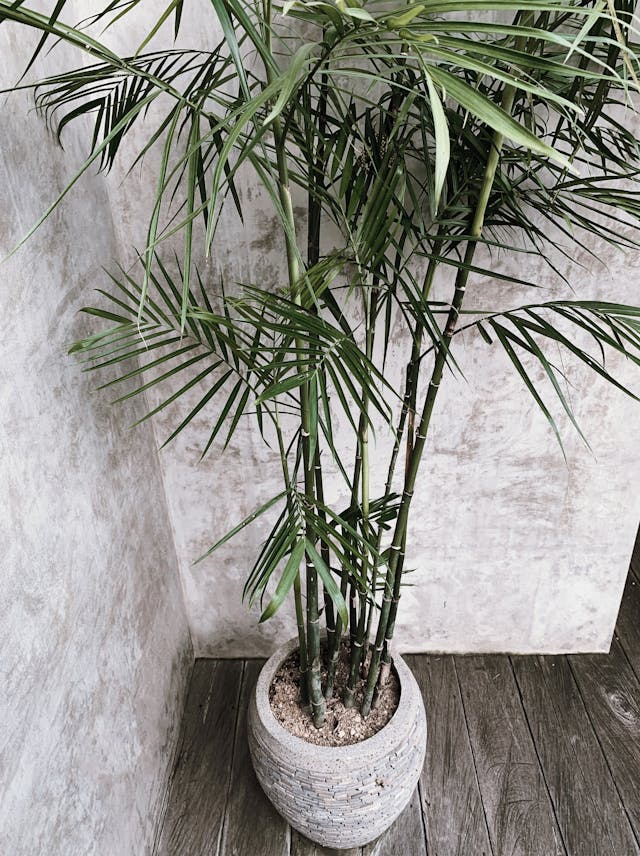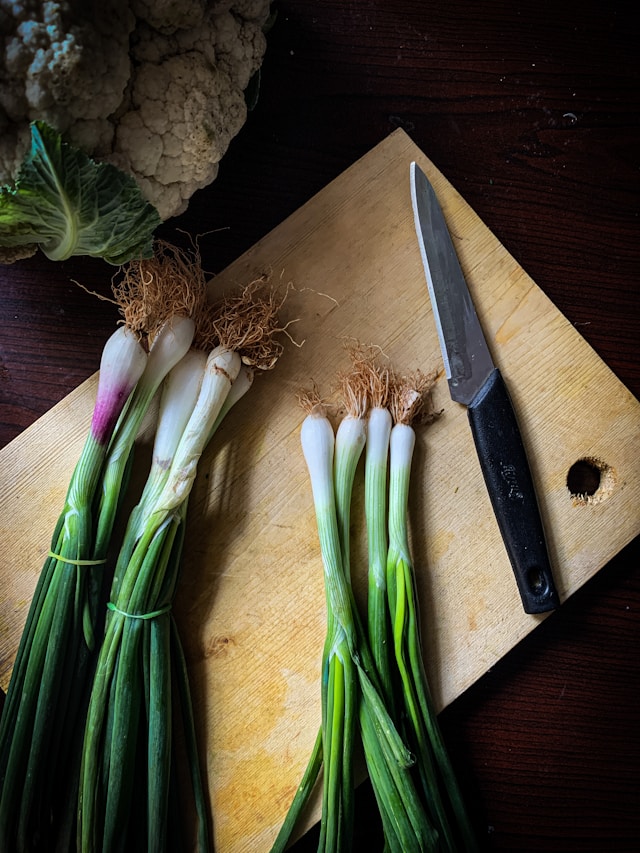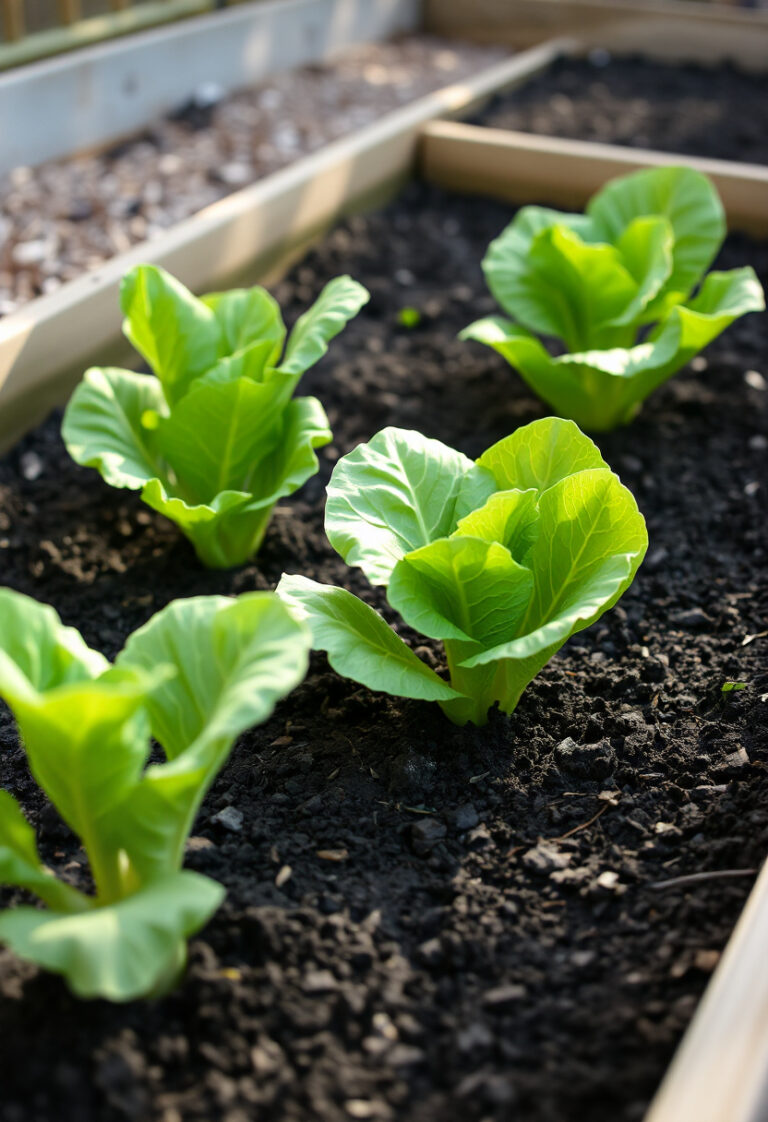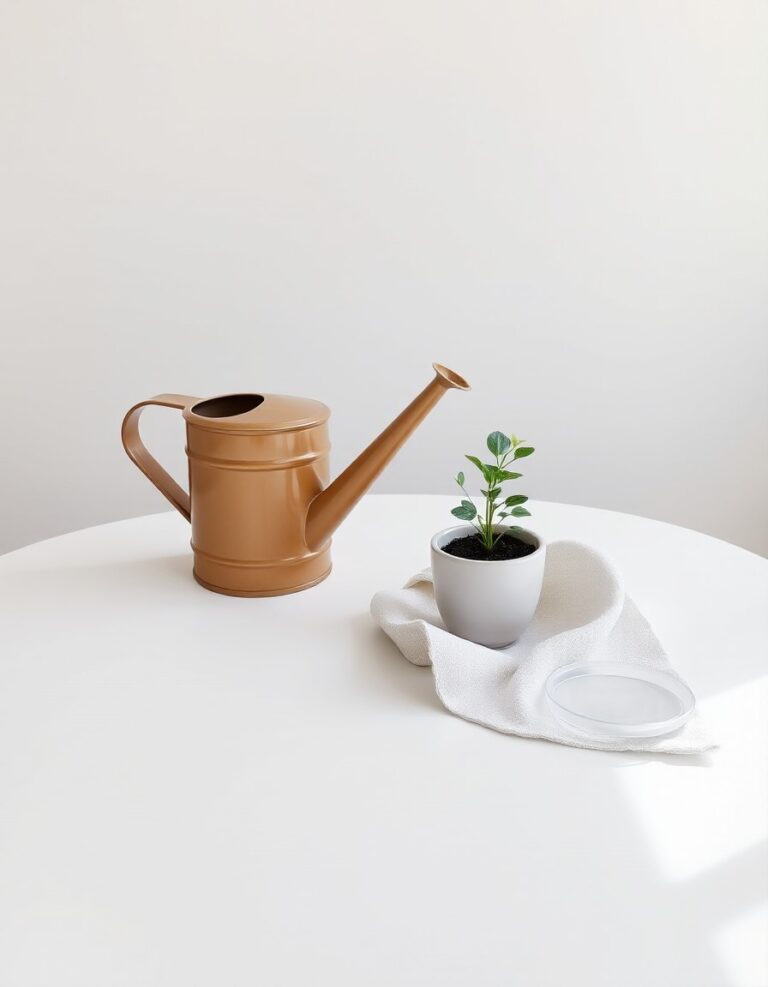A well-designed garden walkway serves as both a functional path and an attractive landscape feature that guides visitors through your outdoor space. Whether you’re connecting different garden areas or creating a clear route from your home to various yard sections, the right walkway design can significantly enhance your property’s curb appeal and usability.
Planning your garden walkway involves considering factors like material durability, maintenance requirements, budget constraints, and how the path will complement your existing landscape design. From budget-friendly gravel options to elegant stone installations, there are numerous approaches to creating pathways that meet both practical and aesthetic needs.
1. Natural Stone Stepping Stones

Natural stone stepping stones create an organic flow through your garden while allowing grass and plants to grow between each stone. This design works exceptionally well in informal garden settings where you want the pathway to blend seamlessly with surrounding vegetation. Choose stones that are at least 2 inches thick and 18 inches wide for stability and comfort.
The irregular shapes and natural textures of fieldstone, slate, or sandstone provide visual interest while maintaining functionality. Space stones approximately 18-24 inches apart to accommodate a comfortable walking stride.
2. Brick Pathway Patterns

Brick walkways offer classic appeal and exceptional durability for high-traffic areas. Traditional red clay bricks can be arranged in various patterns including herringbone, basket weave, or running bond designs. Each pattern creates a different visual effect and installation complexity.
Brick pathways require proper base preparation with sand and gravel layers to prevent settling and cracking. The porous nature of brick allows for good drainage while providing a stable walking surface that ages gracefully over time.
3. Gravel Garden Paths

Gravel pathways represent one of the most cost-effective options for creating garden walkways. Pea gravel, crushed granite, or decomposed granite each offer different textures and colors to complement your landscape design. These materials provide excellent drainage and can be easily installed by most homeowners.
Proper edging is essential for gravel paths to prevent material migration into surrounding planted areas. Consider using metal, wood, or stone edging to maintain clean lines and path definition.
4. Flagstone Walkway Design
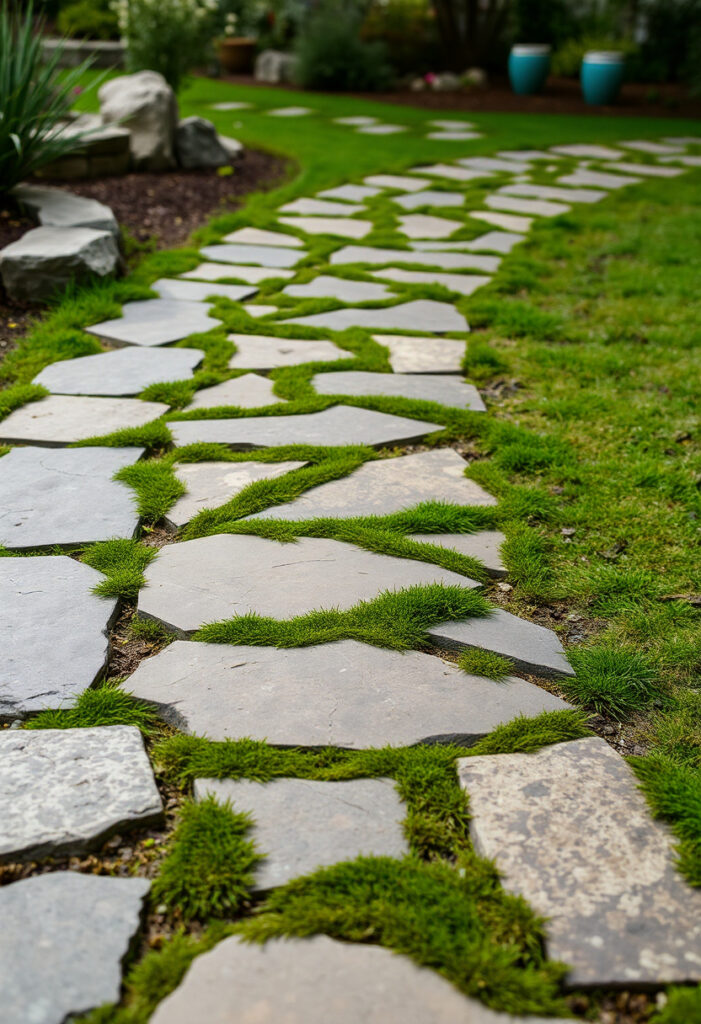
Flagstone creates sophisticated walkways that work well in both formal and informal garden settings. The large, flat stones can be laid with tight joints using mortar or with wider joints filled with moss, ground cover plants, or decorative gravel.
Choose from materials like bluestone, limestone, or sandstone based on your regional availability and color preferences. Flagstone’s natural slip-resistant surface makes it an excellent choice for areas that may become wet.
5. Concrete Pavers and Slabs

Modern concrete pavers offer versatility in size, shape, and color options while providing a durable, low-maintenance walkway solution. Interlocking pavers create stable surfaces that can withstand freeze-thaw cycles without cracking.
Large concrete slabs provide a contemporary look and can be enhanced with decorative aggregates, stamps, or integral coloring. The uniform appearance works particularly well in modern landscape designs.
6. Mulch and Wood Chip Paths
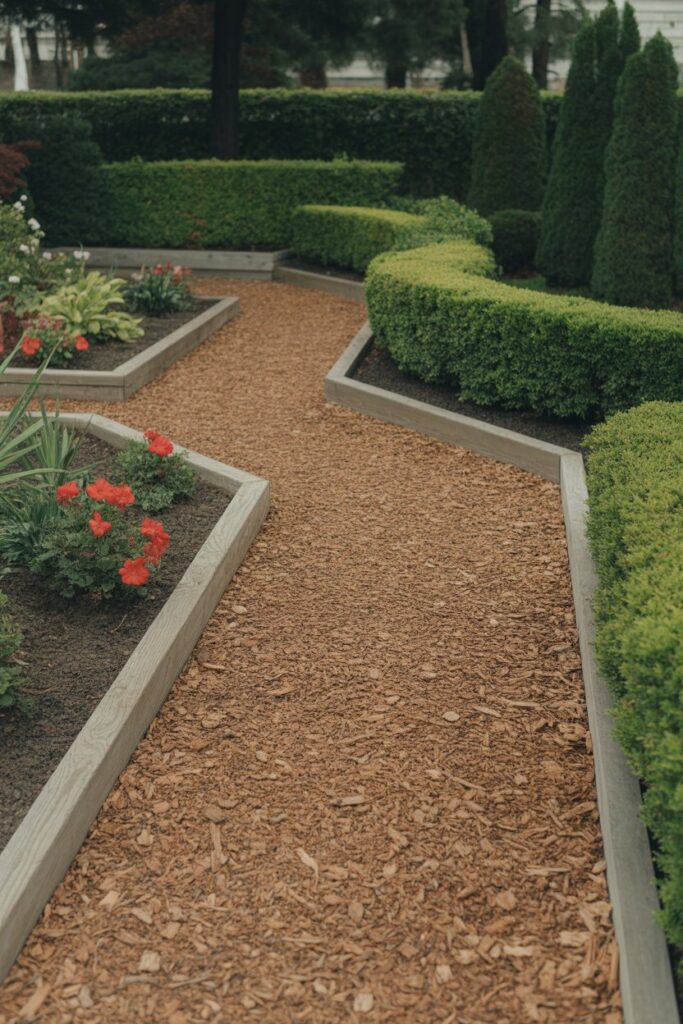
Organic walkway materials like shredded bark, wood chips, or leaf mold create soft, natural-looking paths that complement woodland gardens and informal landscapes. These materials are typically the most budget-friendly option and provide good weed suppression.
Regular replenishment is necessary as organic materials decompose over time. Choose hardwood mulch for longer-lasting results and better color retention.
7. Mixed Material Combinations
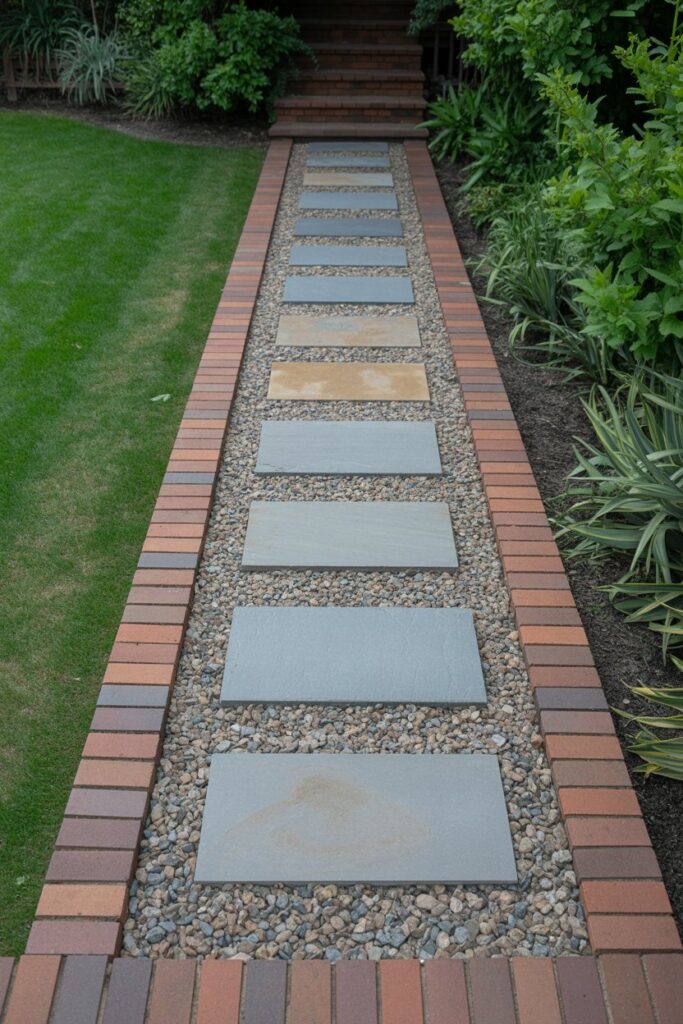
Combining different materials allows for creative expression while potentially reducing costs. Popular combinations include stone with gravel infill, brick borders with flagstone centers, or concrete pavers accented with decorative stones.
Mixed material designs require careful planning to ensure proper installation techniques for each component and create cohesive visual flow throughout the walkway.
8. Curved Pathway Layouts
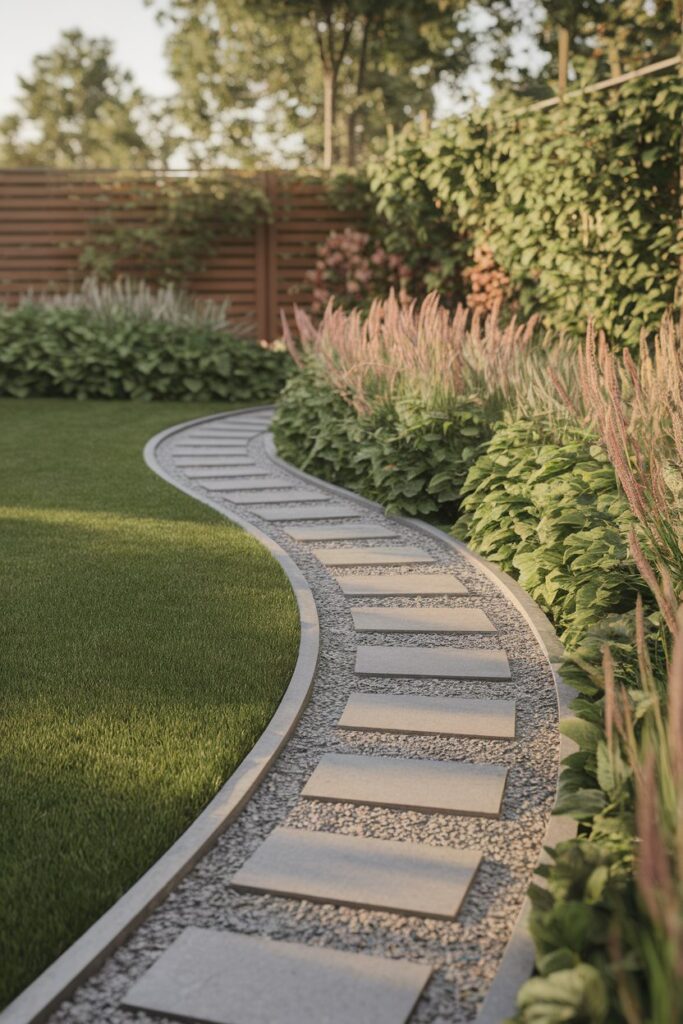
Curved garden walkways create more interesting visual journeys through your landscape compared to straight paths. Gentle curves feel natural and can help direct attention to specific garden features or views along the route.
Use a garden hose to lay out potential curves before beginning installation. Ensure curves are gradual enough for comfortable walking and maintenance equipment access when needed. For more inspiration on designing outdoor spaces, see our 18 Front Yard Landscaping Ideas for Small Spaces.
9. Raised Walkway Construction
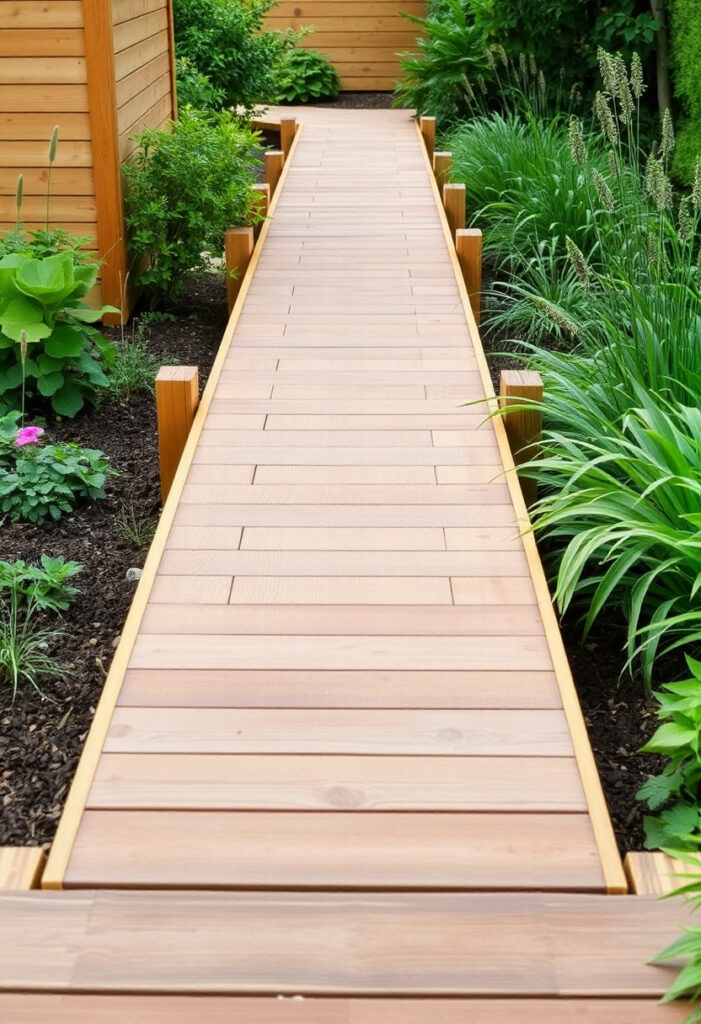
Elevated pathways work well in areas with drainage issues or where you want to create visual separation between the path and surrounding ground level. Raised walkways can be constructed using retaining materials like timber, stone, or concrete blocks.
Consider the height differential carefully to ensure comfortable step-up access points and proper drainage away from the elevated surface.
10. Permeable Paving Solutions
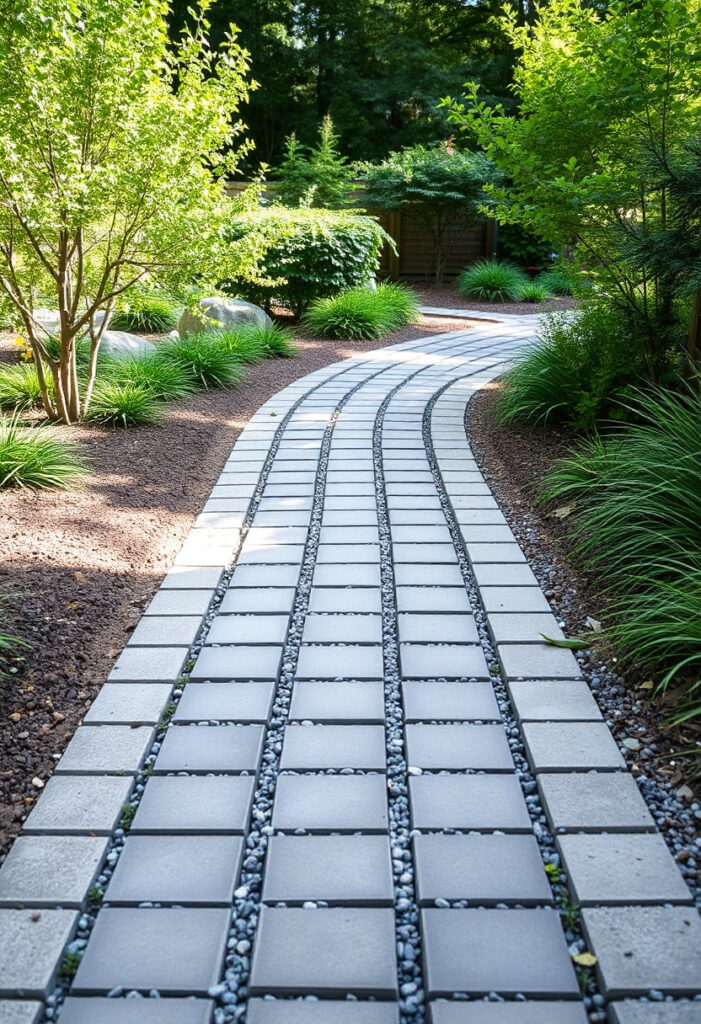
Permeable walkway materials help manage stormwater runoff while providing functional walking surfaces. Options include permeable concrete pavers, porous asphalt, or grid systems filled with gravel or grass.
These environmentally conscious solutions reduce water pooling and help prevent erosion while meeting many municipal stormwater management requirements.
11. Geometric Pattern Designs

Geometric walkway patterns create visual interest through repetitive shapes and careful material placement. Square, rectangular, or hexagonal patterns work well with manufactured pavers or cut stone materials.
Plan geometric designs carefully with proper measurements and use string lines or templates to ensure consistent spacing and alignment throughout the installation.
12. Grass and Ground Cover Paths
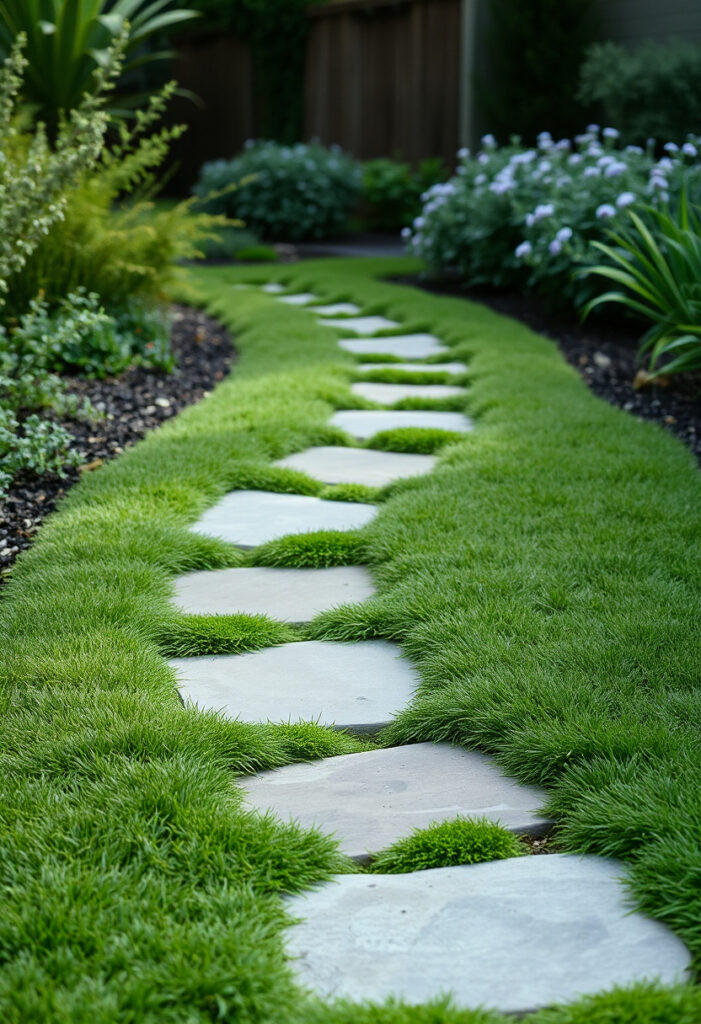
Living walkways using durable grass varieties or ground cover plants provide soft, green paths that integrate completely with surrounding landscape. Choose plants that can withstand foot traffic and recover quickly from wear.
Creeping thyme, moss, or specialized walkway grass seed mixes work well for different climate conditions and traffic levels.
13. Reclaimed Material Walkways

Recycled and reclaimed materials like old bricks, broken concrete pieces, or salvaged stone can create unique walkways with character and environmental benefits. These materials often cost less than new products while adding historical interest.
Ensure reclaimed materials are suitable for outdoor use and won’t create safety hazards due to uneven surfaces or deteriorating conditions.
14. Lighted Pathway Features

Integrated lighting extends walkway usability into evening hours while enhancing safety and security. Solar-powered lights, low-voltage LED systems, or built-in lighting fixtures can be incorporated during installation.
Consider light placement to avoid glare while providing adequate illumination for safe navigation. Warm color temperatures typically create more welcoming atmospheres than cool white lighting.
15. Maintenance-Free Options
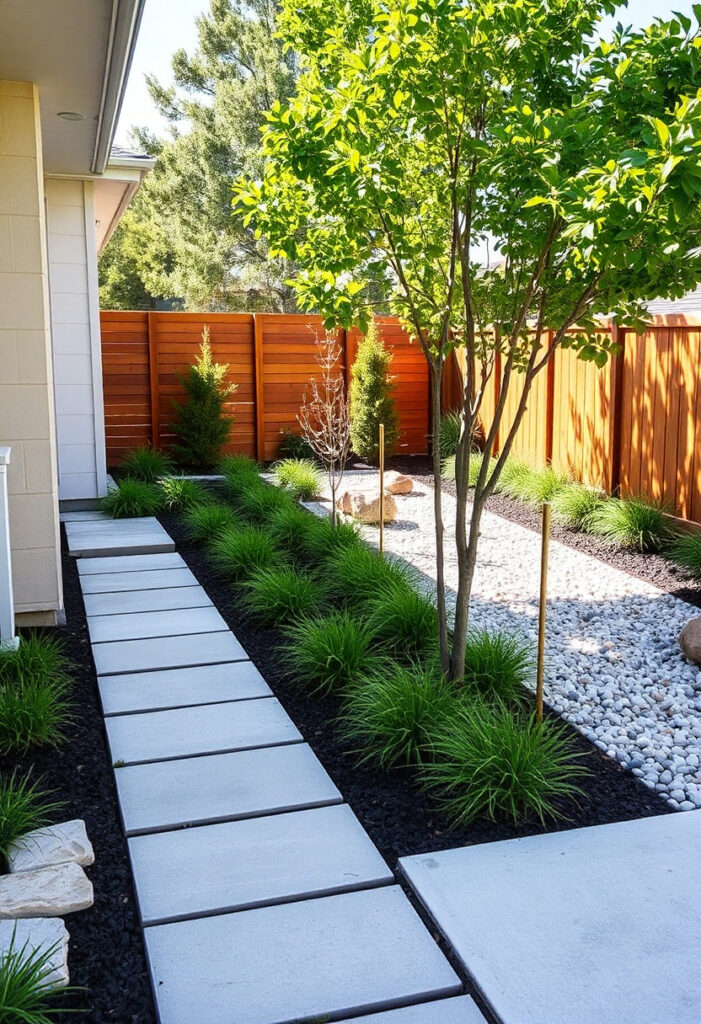
Low-maintenance walkway materials reduce long-term care requirements while maintaining attractive appearances. Concrete, natural stone, and quality manufactured pavers typically require minimal ongoing maintenance beyond occasional cleaning.
Consider local climate conditions, anticipated traffic levels, and your available time for maintenance when selecting materials and designs.
Planning Your Garden Walkway Project
Successful walkway installation begins with careful planning and site preparation. Consider factors like drainage patterns, underground utilities, tree root locations, and connection points to existing structures.
Create detailed measurements and material lists before beginning work. Many walkway materials require specific base preparations, so research proper installation techniques for your chosen materials.
Questions & Answers
Q: How wide should a garden walkway be? A: Main garden walkways should be 3-4 feet wide to allow comfortable passage for two people. Secondary paths can be 18-24 inches wide for single-person use.
Q: What is the most durable material for garden walkways? A: Natural stone, concrete pavers, and brick offer the best durability for high-traffic areas. These materials can last decades with proper installation and minimal maintenance.
Q: How do I prevent weeds from growing in my walkway? A: Install landscape fabric before laying materials, use polymeric sand between joints, and apply pre-emergent herbicides annually. Regular maintenance also helps prevent weed establishment.
Q: Can I install a garden walkway myself? A: Many walkway projects are suitable for DIY installation, particularly gravel, stepping stone, and simple paver designs. Complex projects involving extensive excavation or drainage may require professional help.
Q: How much does it cost to build a garden walkway? A: Costs range from $3-5 per square foot for basic gravel paths to $15-25 per square foot for premium stone installations. Material choice and installation complexity significantly affect total project costs.
Q: Do I need permits for garden walkway installation? A: Most residential walkway projects don’t require permits, but check with local building departments if your project involves significant excavation or affects drainage patterns.
Q: How do I maintain my garden walkway? A: Regular sweeping, occasional pressure washing, and prompt repair of loose or damaged materials will extend walkway longevity. Annual sealing may be beneficial for some materials.
Q: What slope should a garden walkway have? A: Walkways should have a slight slope of 1-2% (about 1/4 inch per foot) for proper drainage. Avoid steeper slopes that could become slippery when wet.

